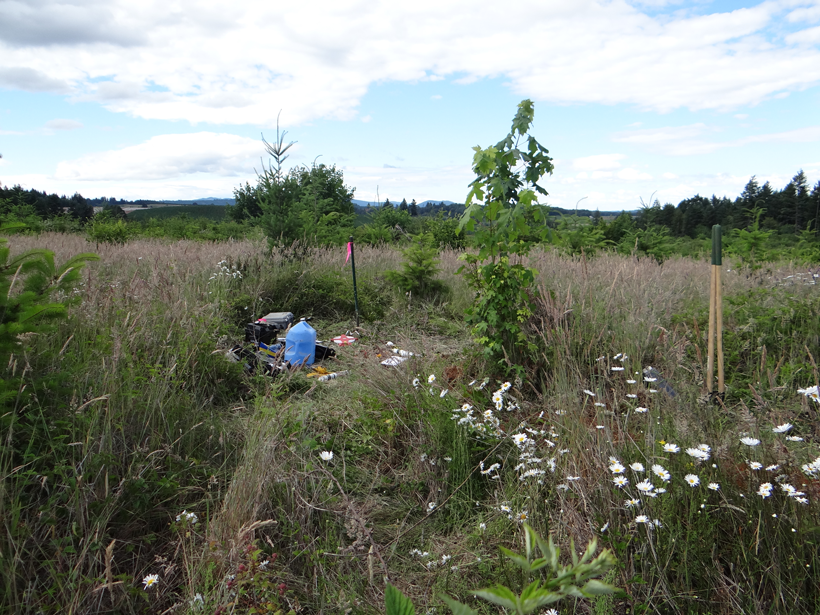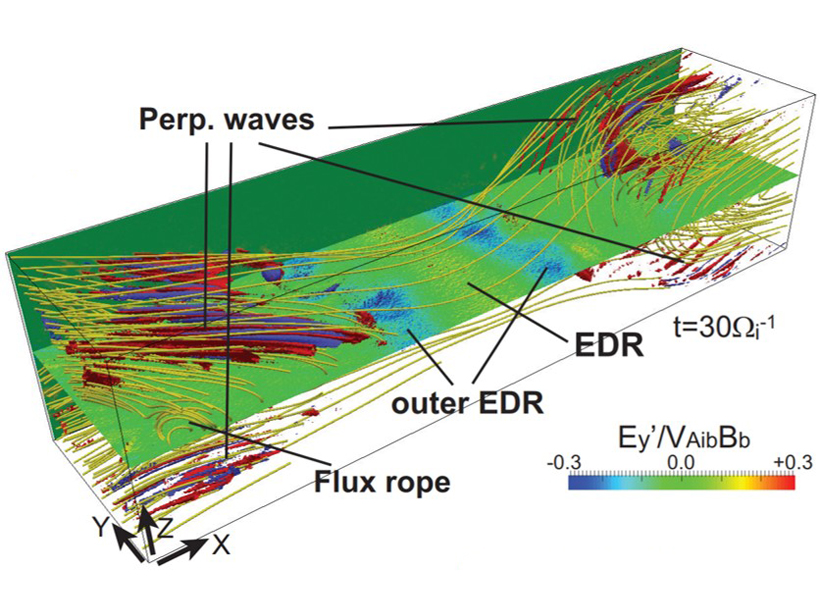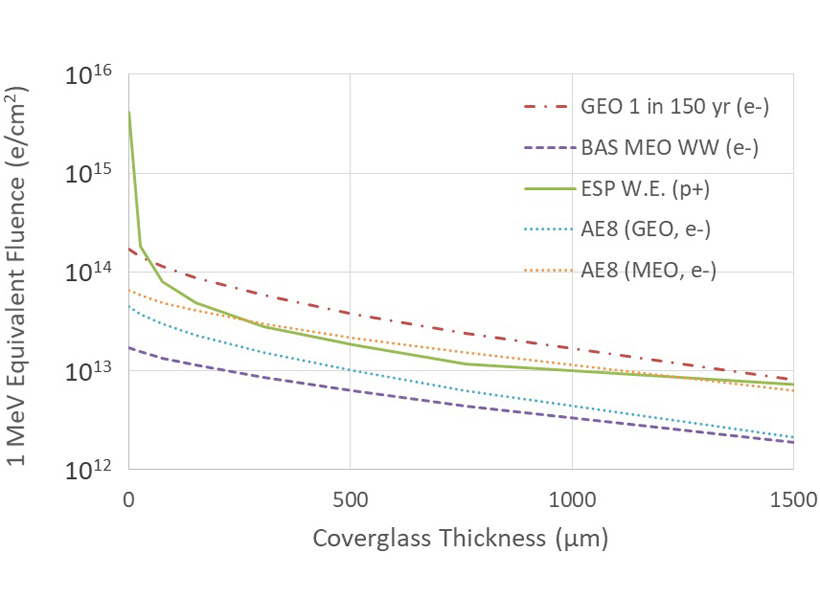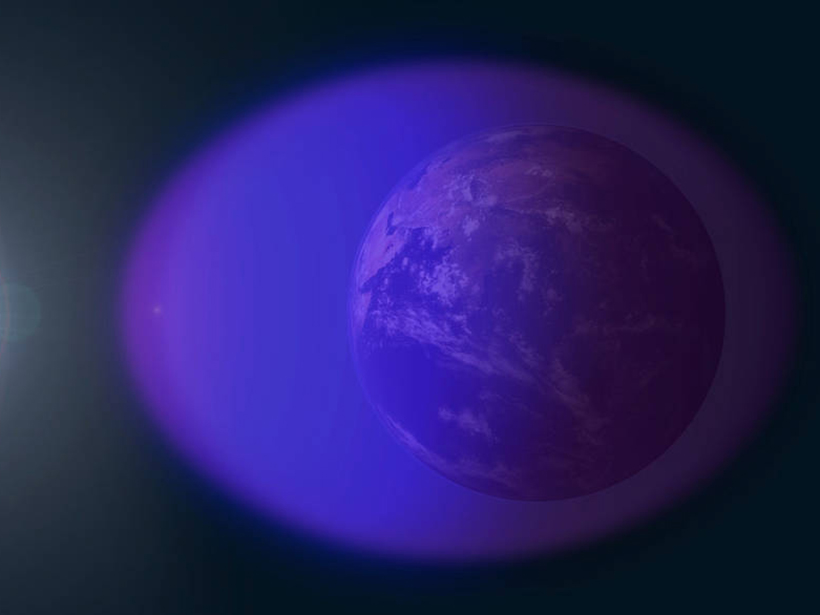The first simultaneous observations of multiple electromagnetic wave types in Earth’s magnetosphere may inaugurate a new field of inquiry into cross-frequency wave interactions.
space weather (hazard)
Taking Magnetotelluric Data out of the Drawer
Magnetic and electric field measurements at Earth’s surface provide information on Earth’s interior and on space weather. An open-source central repository of these data has received a major update.
Measuring the Magnetic Reconnection Rate in the Magnetotail
Both simulations and observations are used to measure the magnetic reconnection rate in the Earth’s magnetotail, suggesting that the rate is correlated with the intensity of a magnetic substorm.
Bruno Receives 2018 Space Weather and Nonlinear Waves and Processes Prize
Roberto Bruno will receive the Space Weather and Nonlinear Waves and Processes Prize at AGU’s Fall Meeting 2018, to be held 10–14 December in Washington, D. C. The award recognizes “cutting-edge work in the fields of space weather and nonlinear waves and processes.”
Double Threat to Solar Panels in Space
Protons accelerated in solar storms and electrons accelerated in geospace storms can reduce space mission lifetimes. What is the likelihood of extreme events during geospace storms?
Dramatic Stratospheric Warmings Carved a Hole in the Ionosphere
A new study of sudden temperature spikes in Earth’s stratosphere could improve space weather forecasting.
Innovative Way to Detect Space Weather Impact on Power Grids
Very low frequency radio, a well-proven tool for solar-terrestrial studies, proves to be adept at detecting the stresses that space weather imposes on the transformers at the heart of power grids.
Space Weather in the Machine Learning Era
Space Weather: A Multi-disciplinary Approach; Leiden, Netherlands, 25–29 September 2017
Predicting and Avoiding Collisions in Space
Solar wind drivers affecting the satellite environment have about a one hour predictive horizon, but solar wind speed periodicities and ensemble modeling can extend the forecast interval.
White House Seeks Input to Update Space Weather Strategy
Space weather can affect many technologies and infrastructures that society relies on. The White House seeks public input to inform the next steps to better prepare the Nation for this hazard.









